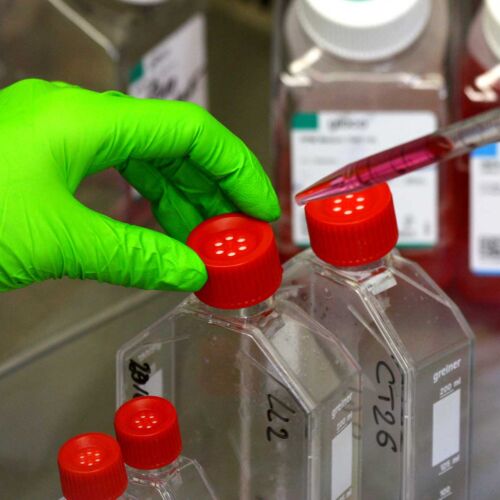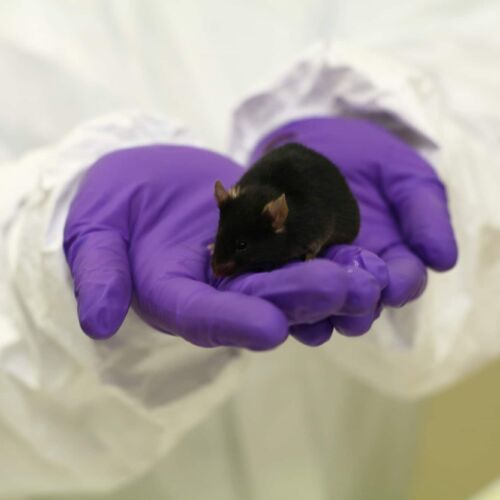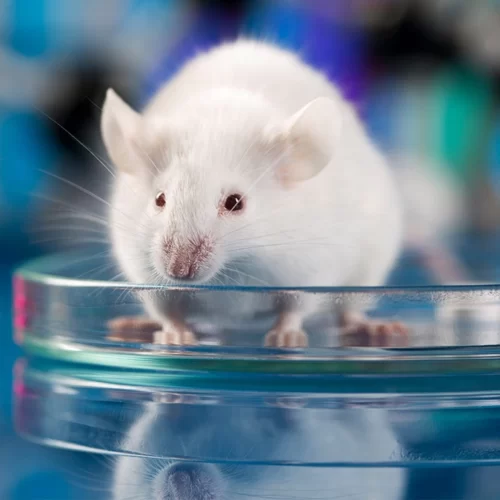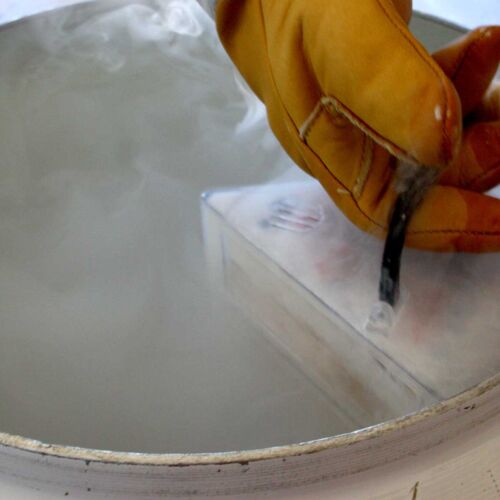Cell lines derived from human tumoral primary cells are widely used in scientific research. We have almost 200 cell lines models most of which have been tested for their capacity to grow as subcutaneous xenografts in immunodeficient mice.
Our approval for animal experimentation allows us to implant those models in SCID CB17, athymic Nude, NOD-SCID, or CEIA NOG mice. If your model requires another strain of immunodeficient mice, we can make an amendment to our authorization within a few weeks. Our preferred strain is the SCID CB17 mice, as they allow an efficient but not too aggressive tumour uptake and their residual immune system is convenient to determine the antitumor efficacy of therapeutic antibodies.

 Antineo
Antineo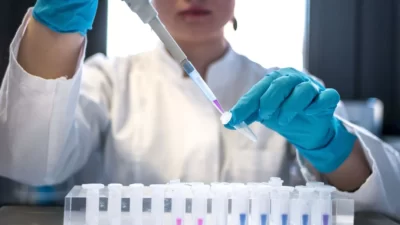 Preclinical services
Preclinical services Tumour models
Tumour models Our Strengths
Our Strengths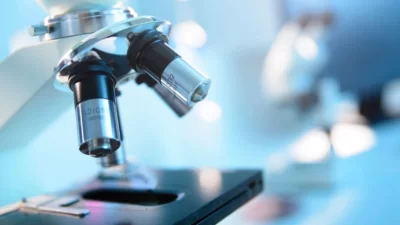 News & Events
News & Events